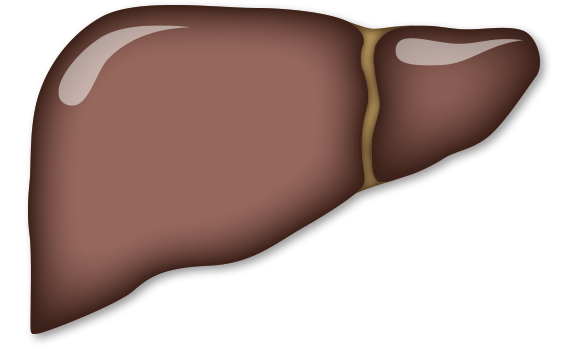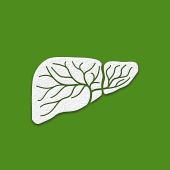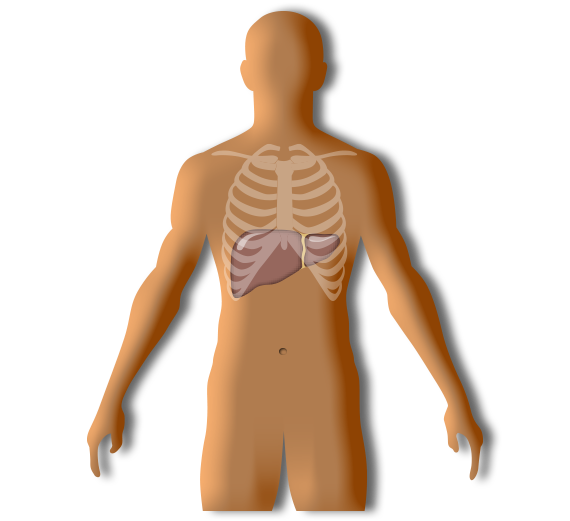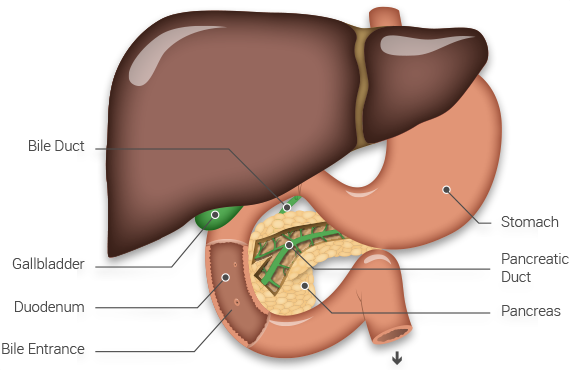
Lobes
The liver is divided into four lobes, all of which perform the same functions mentioned above. The left and right lobes are easily distinguished on the front side, since they're divided by the falciform ligament. The caudate and quadrate lobes can only be seen from behind the liver; the caudate is positioned in the upper back side, and the quadrate is found in the lower back side.

Blood Vessels
The liver receives 25% of its blood supply from the hepatic artery. The remaining 75% comes from the portal vein, which brings blood from the intestines, spleen, and pancreas, carrying essential nutrients from food that the liver uses in enzyme production. Blood is then taken away through the hepatic vein, back to the heart, where all the molecules produced are distributed throughout the body.
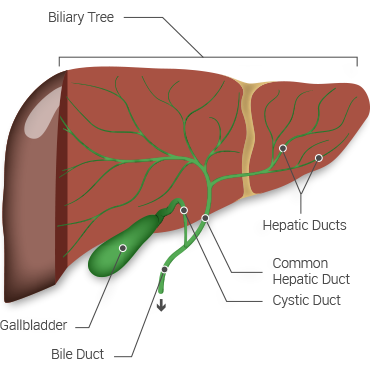
Biliary Structure
Bile produced in the liver flows out through a system of vessels named the biliary tree (due to its tree-like structure). These vessels, individually, are hepatic ducts, and they all merge to eventually form the common hepatic duct. If bile isn’t needed for digestion at the moment, it will flow up the cystic duct to be temporarily stored within the gallbladder. Once needed, this bile will flow to the duodenum via the bile duct, where it aids in digestion of fats.
